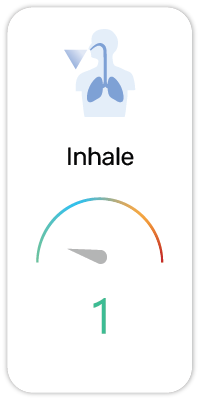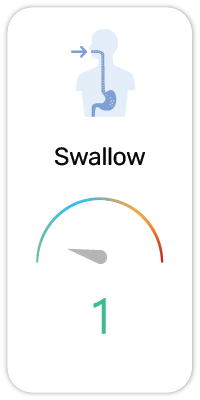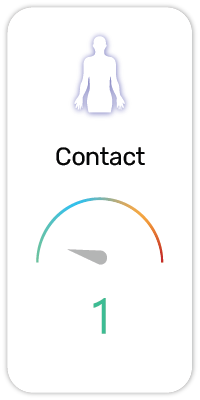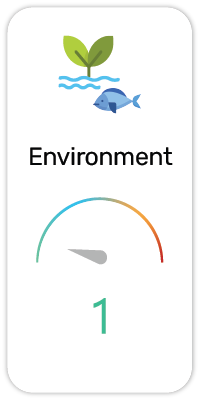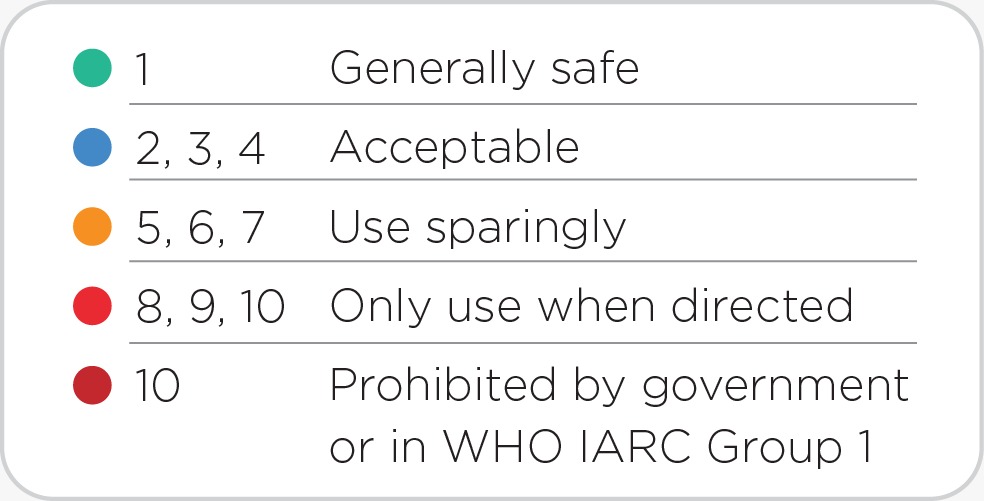Panthenol(in 14,884 products)
Potential Risk Index®:
About:
Functions:
1. Dietary / Nutritional Supplement - Vitamins, minerals, proteins, fatty acids or probiotics that improves nutritional intake
2. Drug / Medicine - Treats, alleviates, cures, or prevents sickness. As officially declared by a governmental drug/medicine regulatory body
3. Emollient - Softens and soothes the skin. Helps with skin conditioning.
4. Humectant - Binds with water to increase skin hydration. Also enhances water absorption of the skin
Panthenol, also known as provitamin B5, is a popular ingredient in cosmetics and personal care products. It is a water-soluble vitamin that is easily absorbed by the skin and hair, making it a great moisturizer, humectant, and conditioner.
In cosmetics and personal care products, Panthenol helps to hydrate and soothe the skin, leaving it feeling soft and supple. It also helps to strengthen the hair, reducing breakage and split ends. Panthenol is commonly found in products like moisturizers, shampoos, conditioners, and hair masks.
In addition to its benefits for the skin and hair, Panthenol is also used in some food products as a source of vitamin B5. It is often added to fortified foods like cereals and energy bars to help consumers meet their daily vitamin B5 needs.
Overall, Panthenol (vitamin B5) can be used to hydrate your skin or strengthen your hair, and even acts as a nutritional supplement when consumed.
Recent Findings:
"Panthenol can be added for it humectant properties. Added to moisturizers as well as hair care products, it can hold and attract water. Panthenol increases the plasticity of hair, making hair feel softer and more manageable. Also known as vitamin B5, panthenol is used for its physical properties of increasing plasticity, rather than for any pure vitamin activity it may have." [2]
A study was conducted to "evaluate the skin moisturizing efficacy of formulations containing different concentrations of panthenol". [3] Formulations of 0.5%, 1% and 5% were applied to the forearms of healthy individuals where the transepidermal water loss (TEWL) were analyzed in 15- and 30-day periods. [3] Results showed that all formulations "produced a significant increase in stratum corneum moisture" compared with baseline values. [3] The study concluded by stating "it is suggested that daily use of formulations containing panthenol is important to protect the skin barrier function by reducing TEWL, to keep the skin in good condition, and to maintain skin homeostasis." [3]
In a comprehensive review, "Topical dexpanthenol acts like a moisturizer, improving stratum corneum hydration, reducing transepidermal water loss and maintaining skin softness and elasticity". [4] With plenty of similar studies stating the reduction of transepidermal water loss (TEWL) as a key feature of panthenol. [5] [6] Dexpanthenol also has pharmaceutical skin-healing properties, ranging from wounds to sunburns: "Activation of fibroblast proliferation, which is of relevance in wound healing, has been observed both in vitro and in vivo with dexpanthenol.", "Beneficial effects of dexpanthenol have been observed in patients who have undergone skin transplantation or scar treatment, or therapy for burn injuries", and "Dexpanthenol has been shown to have an anti-inflammatory effect on experimental ultraviolet-induced erythema [sunburns]." [4]
It is interesting to note that the maximum concentration of panthenol permitted varies across regions: "Topical formulations marketed in Europe usually contain 5% concentration, US Food and Drug Administration– approved dexpanthenol preparations, for topical use to relieve itching or promote healing of various dermatoses, contain 2% dexpanthenol". [4]
A small study conducted on 25 healthy volunteers also showed dexpanthenol to be effective against sodium lauryl sulfate (SLS)-induced contact dermatitis. [7]
Scientific References:
1. PubChem: https://pubchem.ncbi.nlm.nih.gov/compound/131204
2. Dry skin and moisturizers. (Clin. Dermatol., 19(4), 0–392. doi:10.1016/s0738-081x(01)00199-7)
3. Skin moisturizing effects of panthenol-based formulations (J. Cosmet. Sci., 62, 361–369)
4. Topical Use of Dexpanthenol in Skin Disorders. (Am. J. Clin. Dermatol., 3(6), 427–433. doi:10.2165/00128071-200203060-00005)
5. Effect of Topically Applied Dexpanthenol on Epidermal Barrier Function and Stratum Corneum Hydration. (Arzneimittelforschung, 50(7), 659–663. doi:10.1055/s-0031-1300268)
6. A new topical panthenol-containing emollient: Results from two randomized controlled studies assessing its skin moisturization and barrier restoration potential, and the effect on skin microflora. (J. Dermatolog. Treat., (), 1–8. doi:10.1080/09546634.2016.1214235)
7. Efficacy of dexpanthenol in skin protection against irritation: a double-blind, placebo-controlled study. (Contact Derm., 49(2), 80–84. doi:10.1111/j.0105-1873.2003.00184.x)
Safety and Hazards (UN GHS):
1. Causes serious eye irritation (H319)
Potential Health Benefits For:
1. Burns, Chemical (PubMed ID:19875347)
User Comments:
Submit


